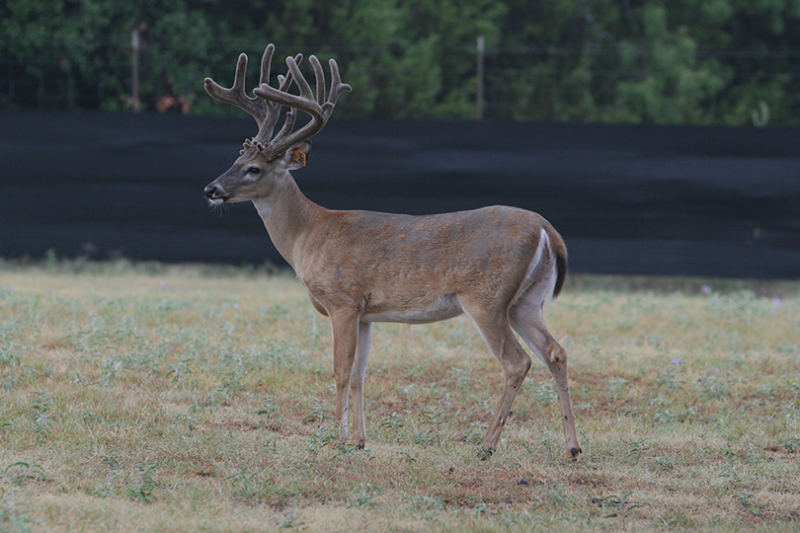Texas was one of the states that received funding from the U.S. Department of Agriculture’s (USDA) Animal and Plant Health Inspection Service (APHIS) earlier this month. The funding will help develop and implement chronic wasting disease (CWD) management and response activities in wild and farmed cervids.
Texas received $429,597.68 of the $5.7 million allocated from APHIS.
The Texas Animal Health Commission received the grant for the project titled Whole Genome Predictive Genetics and CWD Disease Response Strategies.
The remaining funds were distributed to 19 other states and 8 Tribes or Tribal organizations.
APHIS based its funding allocations on priorities that were collaboratively established with state agricultural and wildlife representatives, Tribal officials and the cervid industry. Those priorities are:
- Improving CWD management of affected farmed herds and wild cervid populations;
- Improving CWD management of affected areas or premises;
- Conducting additional research on the use of certain sensitive testing technology, known as amplification assays, for CWD; Conducting additional research on predictive genetics; and
- Developing and/or delivering educational outreach materials or programs.
APHIS received 64 proposals. To evaluate the projects, APHIS conducted scientific and program panel reviews of the proposals and worked with submitting entities where needed to refine the scope of the most promising projects.
CWD is an infectious, degenerative disease of cervids that causes brain cells to die, ultimately leading to the death of the affected animal. New tools and approaches will enable improved management of wild and farmed cervids at risk for the disease.
“APHIS is committed to working with our state and Tribal partners to control and prevent chronic wasting disease in our nation’s farmed and wild cervids,” Kevin Shea, APHIS administrator, said. “These collaborative efforts will strengthen our ability to find and implement new solutions as part of our mission to safeguard agriculture and natural resources.”
View the 2021 Farmed Cervid Spending Plan.

